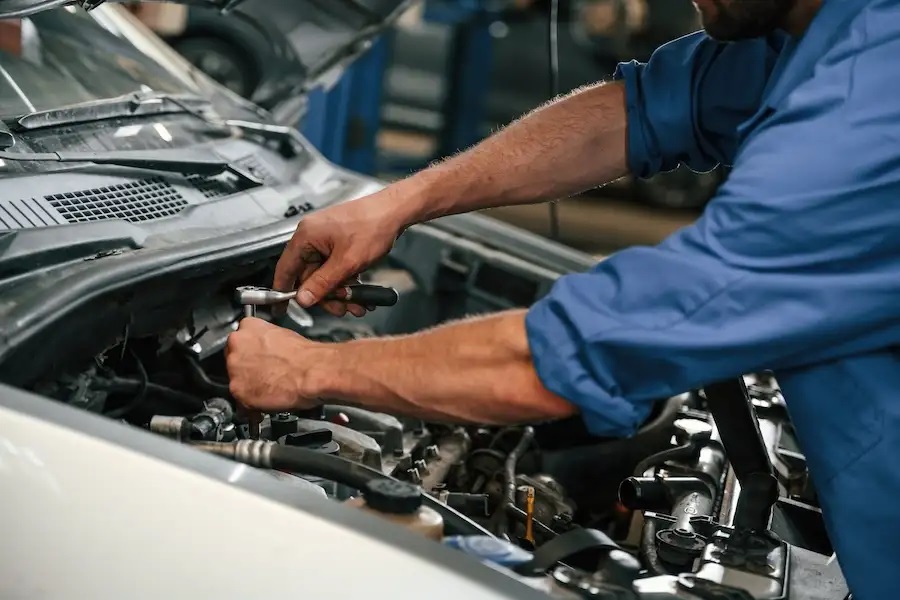The transmission wiring harness is a critical component in your vehicle’s transmission system. It connects the transmission control module (TCM) to various sensors and solenoids that regulate shifting, fluid pressure, and other essential functions. If any part of this wiring harness malfunctions, it can send incorrect signals to the transmission, leading to erratic shifting, slipping gears, or even complete failure to shift.
How Harness Malfunctions Disrupt Transmission Performance
A damaged transmission wiring harness can trigger a cascade of performance problems in a vehicle. Faults, such as loose connections or corrosion, often lead to intermittent connectivity. This can manifest as delayed or harsh shifting, making the driving experience unpleasant due to sudden jolts or hesitation when changing gears. The vehicle might struggle to find the correct gear, leading to unpredictable acceleration and deceleration. In more critical situations, a faulty harness can completely disrupt the transmission’s ability to shift. This could leave the vehicle immobilized in a single gear, limiting speed and maneuverability. Alternatively, the transmission might become stuck in neutral, rendering the vehicle undrivable. Addressing these wiring harness issues promptly is crucial to prevent further damage to the transmission and ensure safe, reliable operation.
Symptoms of Wiring Harness Issues in Transmission
Identifying wiring harness issues early is crucial to preventing further transmission damage. Common signs of transmission problems linked to harness malfunctions include shifting problems such as delayed or harsh gear changes, the inability to shift into certain gears, or transmission failure to respond. You may also notice warning lights on the dashboard, such as the “Check Engine” light or the “Transmission” light. If these symptoms occur, it’s important to have the wiring harness checked to determine if the issue lies there. Going for the Auto Repair in Menomonee Falls, WI based services can be quite an important part of the treatment.
The Impact of Corrosion and Wear
Over time, the transmission wiring harness can deteriorate due to exposure to heat, moisture, and vibration. Corrosion of the wires or connectors can disrupt the electrical signals that control the transmission’s operation. Additionally, the wiring insulation can wear out, causing short circuits or open connections. Even small areas of damage can result in significant transmission performance issues, making regular inspections of the wiring harness an important aspect of vehicle maintenance.
Preventing Transmission Failures Through Proper Maintenance
Maintaining the integrity of the transmission wiring harness is essential for ensuring smooth shifting and optimal performance. Periodic inspections and preventive maintenance can help identify any wear, corrosion, or damage before they lead to serious problems. Replacing damaged or corroded wires and connectors as soon as possible can prevent further issues with the transmission, reducing the risk of expensive repairs or complete transmission failure.
In conclusion, the transmission wiring harness is integral to your vehicle’s shifting system. Any malfunction in the harness can have a direct impact on performance, potentially leading to costly repairs. Regular checks and maintenance are essential for preventing wiring issues that can affect the smooth operation of your transmission.

